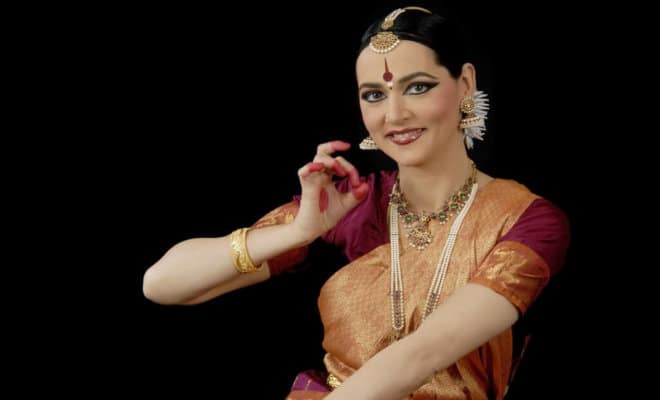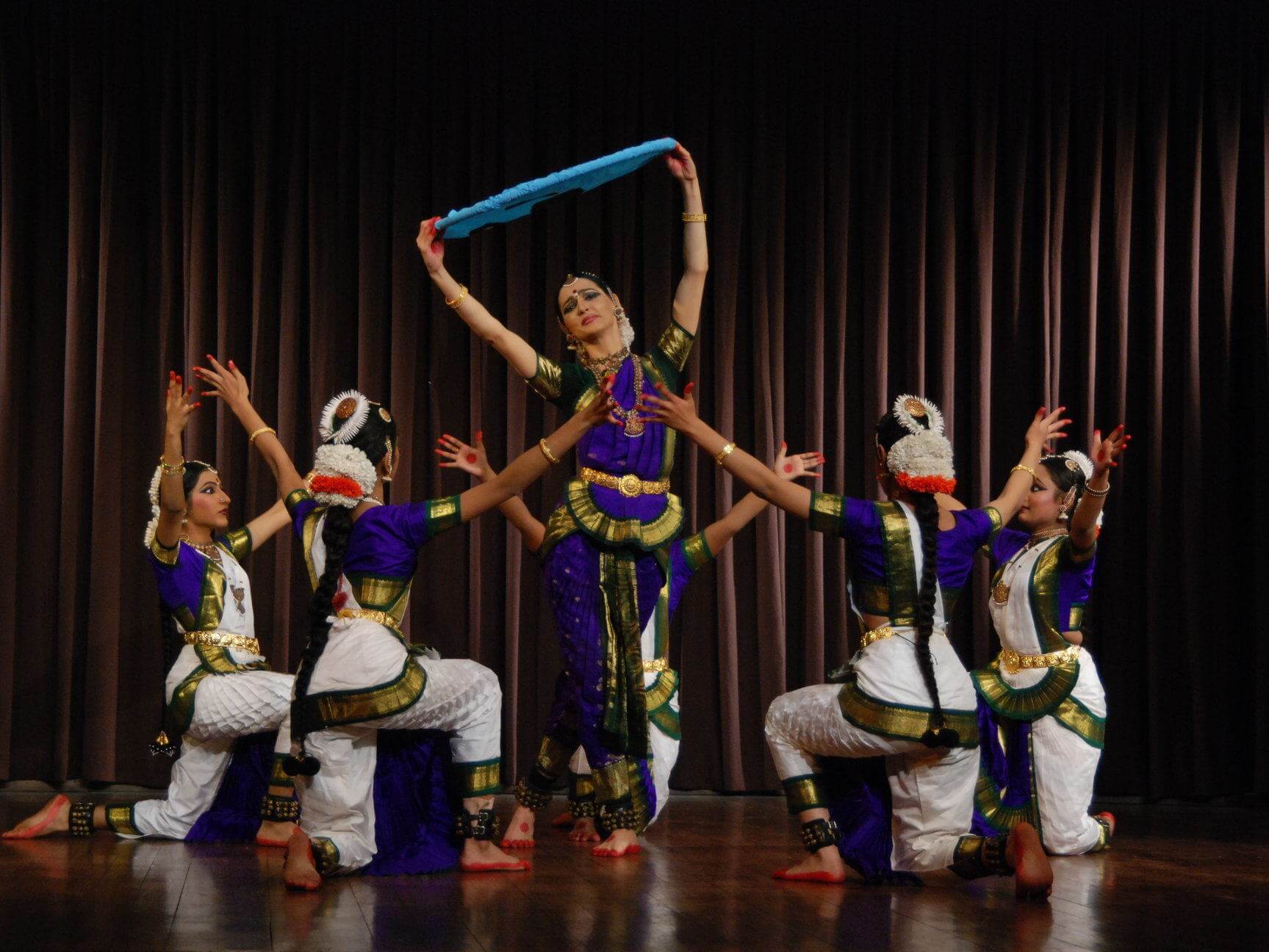Arts
Expat Voice: Devoted to Dance

Marie Elangovan
Marie Elangovan was first introduced to Bharatnatyam in Montreal in 1990 and instantly took to the classical dance form. She then began attending recitals by Indian artistes and reading about the dance form at her university’s library — eventually falling in love with the spiritual aspect of the dance, its versatility and richness.
Meeting her guru KJ Govindrajan in the early ’90s in Montreal was the turning point in Elangovan’s life. New Delhi-based Elangovan, who is married to an Indian, talks to Little India about moving from Canada to India and following her guru’s footsteps with a desire to immerse herself in the art.
Move to India
I saw something divine in my guru KJ Govindrajan. When I met him at his dance recital in Montreal, he seemed immensely knowledgeable and yet full of humility. I wished to become his disciple, as I wanted to become a Bharatnatyam dancer. His advice to me was simple: to master this dance form, one needs to immerse themselves in the Indian culture. I traveled to India on a five-year student visa with the aim to start a career in dance. My Arangetram, the first solo dance performance, was under his guidance in 1993. Then began my career as a professional Indian classical dancer.
The Dancers’ Community in India
I have been touched by the openness and affection with which I have been welcomed in the dance community in India. There was no hostility and I never felt marginalized due to my foreign origin.
Talking from a dancer’s perspective, in Canada, a dancer depends largely on government grants to pursue an artistic profession. However, most Indian professional dancers support themselves by holding dance classes and through stage performances.
Dancers in Canada don’t have the resources to start a dance school of their own. Also, there aren’t many takers for dance classes in the North American community as compared to India. The numerous licenses and registrations required to operate a dance school in Canada is another deterrent for dancers there.

Marie Elangovan during a performance
Devoted to the Art
In India, learning any form of art isn’t generally seen as a hobby, contrary to Canada, where a dance student might attend dance classes for two to three years and then discontinue. In India, dance students are likely to learn the art throughout their formative years and even beyond that.
The strong cultural values, relationship between the student and a teacher (guru-shishya) and awareness about the numerous benefits of practicing classical dance make the experience of learning it enriching and inspiring. The culture in Canada is completely different, where a dancer might have to take up a job besides dancing. Indian dancers enjoy a life completely dedicated to classical dance.
A Future in India
When asked if I consider myself Indian or Canadian, I reply that I am a “Can-Indian.” I spent my formative years in Canada, but India is the country where I intend to spend the future years of my life. My roots are in Canada but my wings are in India. I love India for its ancient Vedic wisdom and the stunning monuments strewn across the country.
I like India for its adaptability — merging traditional values with the modern outlook. However, I feel that most Indians don’t understand their own culture well. That I was married into an Indian family made things easier in several ways for me, since it gave me a strong sense of belonging.
Merging Work and Passion
I derive a lot of satisfaction from my work, both as a performer and teacher. My students inspire me and their enthusiasm is contagious. I dote on them. When I see the joy in their eyes as they dance, I often forget that it’s a job. I think it’s wonderful to be able to fuse work and passion.

Classical Dance, a Second Nature
I would like to say that while training in classical dance, the technique, the way the body is moved and posture becomes a second nature. In a way we can’t take out classical dance techniques from a dancer since the discipline is deeply inculcated.
While performing dance pieces, irrespective of the topic or content, the body language and aesthetics reflect classical training. As the relationship with the dance form grows closer and as years go by, we experience a greater sense of freedom within the medium of expression.
Innovating Dance Moves
When working on themes which haven’t been translated into dance before, a choreographer needs to create gestures and movements pattern which would depict the theme adequately. For example, in a choreography based on an American-Indian legend, I created a hastamudra to portray an owl and a wolf. In that same choreography, I had to wear boots and tie laces. I did that gracefully using Katakamukha hastamudra, which we used traditionally to depict Lord Siva wrapping a tiger skin around his waist or the stringing of a flower garland.
Favorite Places in India
My favorite places are Tirumala and Chennai. Kiranoor village is of special significance since my guru and husband, who happens to be his son, were born there. I love Thanjavur district because the history of Bharatnatyam is closely associated with this place.
The interview has been condensed and edited.
Expat Voice is regular column on expats in India. Email us at expat@littleindia.com to nominate yourself or another expat for the column.




You must be logged in to post a comment Login